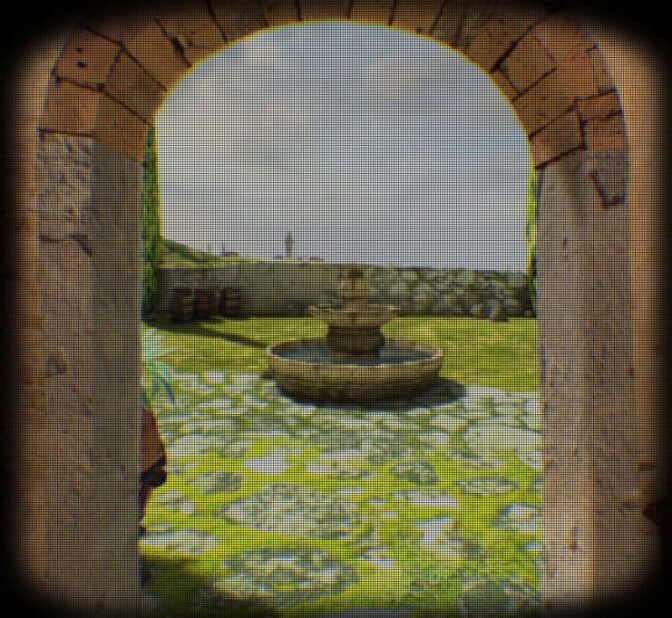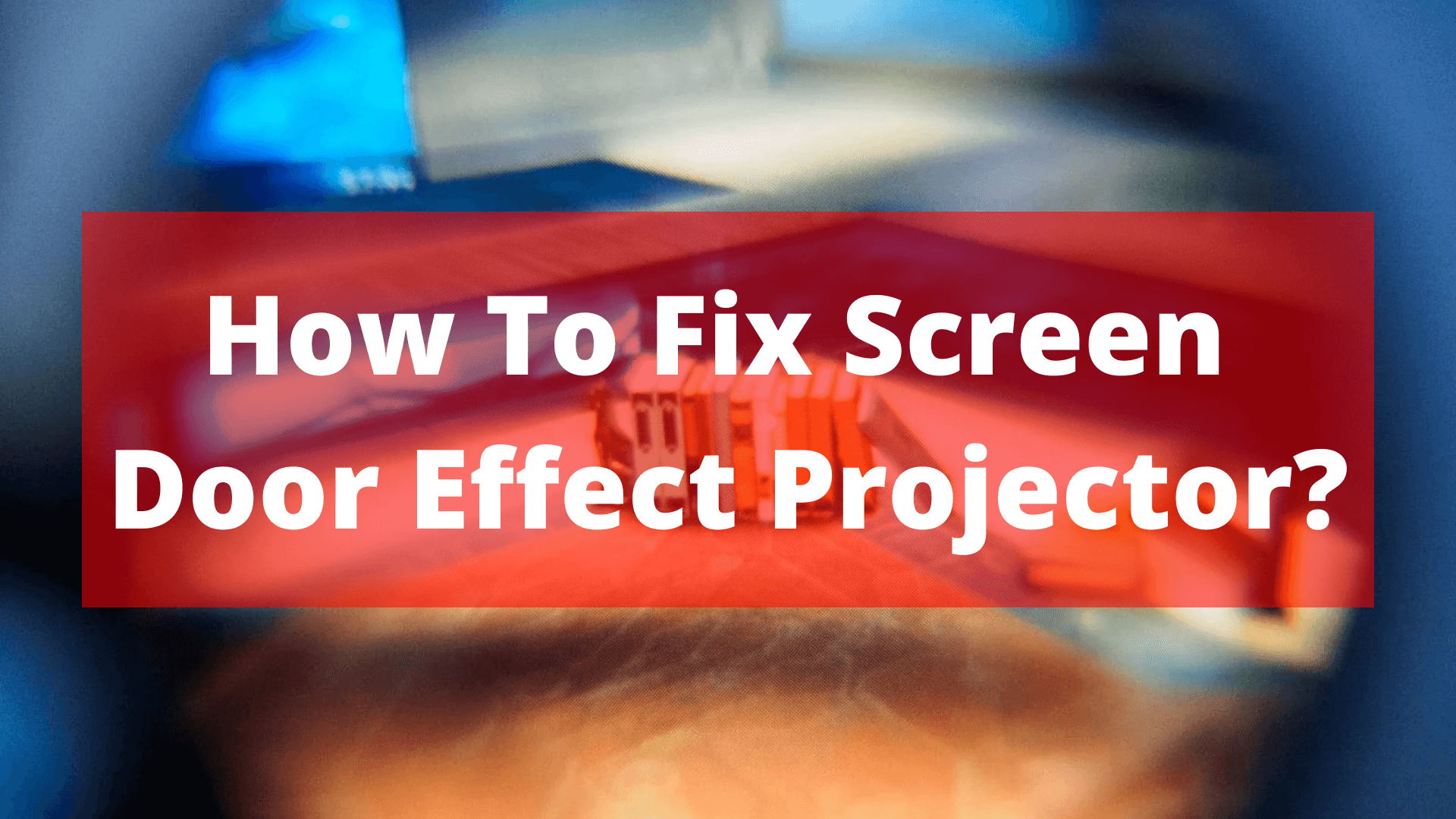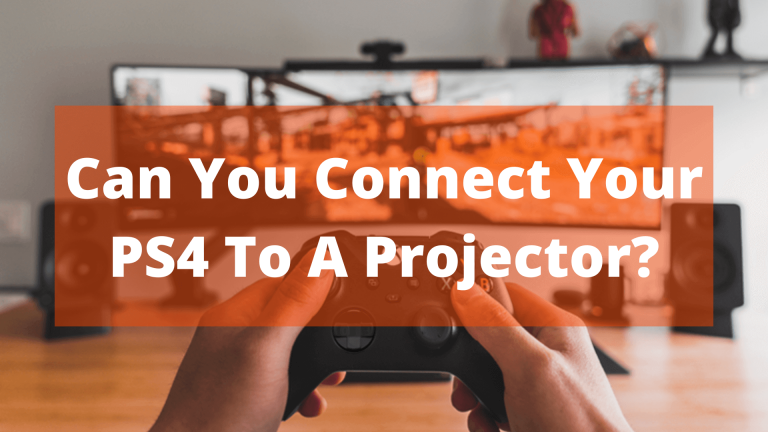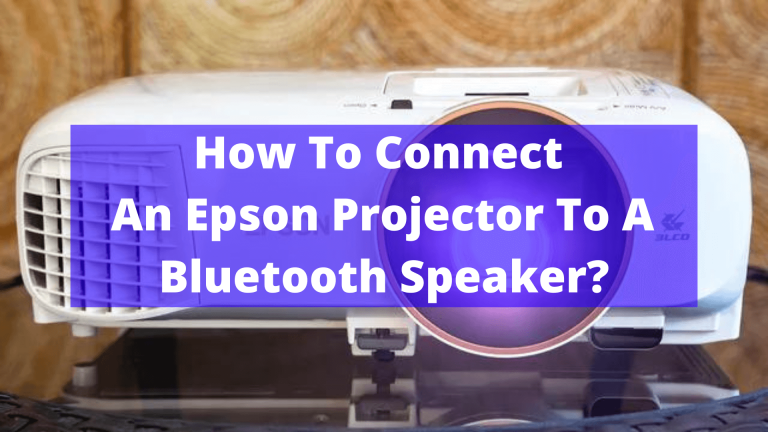How To Fix Screen Door Effect Projector? In May 15, 2024
Do you ever find yourself sitting in a dark room, with a projector screen in front of you, eagerly awaiting the start of your favourite movie? If so, you’re familiar with the screen door effect.
This occurs when the individual pixels of projected images are visible, creating a “screen door” effect on the projected image.
While this may not be ideal for watching movies, it can be used to create some cool effects when projecting images onto objects or walls.

What is the screen door effect on the projector screen?
The screen door effect is called the screen door effect when the digital images are scaled so big that you can see the space between the LEDs.
This happens when a grid of black lines separates the pixels on the screen. It is most visible on projectors that have a low resolution because the individual pixels are easily distinguishable.
The screen door effect can be reduced by increasing the projector’s resolution or by using a screen with a higher pixel density.
How to fix the screen door effect projector?

You can do several things to ensure that your device has a high DPI, thus eliminating the screen door effect.
One is to check the specs of your device before purchasing it; many newer devices have high resolutions and thus will not suffer from this issue.
If you already own a device that does not have a high DPI, there are ways to adjust the resolution to make it look better.
The “screen door effect” is a phenomenon that becomes noticeable when a display’s resolution is too low compared to its physical size. It causes the individual pixels to be visible as if looking through a screen door.
This cannot be very enjoyable on larger screens, like projectors, and can be fixed by ensuring that your device has a high DPI.
How to prevent the projector from the screen door effect?
When projecting an image onto a screen, it’s often best to set the projector slightly out of focus.
This prevents the projector from creating a screen door effect, where the image’s individual pixels are clearly visible.
The easiest way to achieve this is to place the projector at least twice the distance from the screen as the image’s width.
For example, if you’re projecting an image that’s 10 feet wide, place the projector 20 feet away from the screen. You can also adjust the focus on your projector to create a softer image.
What causes the screen door effect on projectors?

When the digital images are scaled so big that you can see the space between the LEDs, it is called the screen door effect on projectors.
This is a common problem with projectors, and several things can cause it. One of the most common causes is when the projector is not properly calibrated.
If the image is not aligned correctly, it can create a grid-like effect on the screen.
Another common cause is when the projector is set too close to the screen. If the image is too large for the screen, it will create an effect that looks like a screen door.
There are several ways to fix this problem, including adjusting the projector or screen.
Frequently Asked Questions:
What is the screen door effect when a low-resolution display creates a pixelated image?
A virtual reality headset is a great way to get lost in another world, but sometimes that world can look too pixelated.
This is because the resolution of the display inside the headset is often lower than what we are used to seeing on our phones and laptops.
This effect is called the screen door effect, and it’s named after the grid-like pattern that resembles a screen door overlayed on top of the image.
The good news is that this effect usually becomes less noticeable as you use VR headsets. The bad news is that there’s not much you can do to improve the resolution without compromising other aspects of the experience.
Which VR headset has the least screen door effect?
The HTC Vive Pro is one of the market’s most popular virtual reality headsets. It has a high-resolution display and a low-screen door effect.
The screen door effect is the name for the visible lines that appear between pixels in a VR headset display. This can cause discomfort and make it difficult to focus on objects in VR.
The HTC Vive Pro has one of the least screen door effects of any VR headset on the market.
What is the screen door effect by Brainly?
The screen door effect, also known as the grid effect, is a visual artifact that becomes visible when the fine lines separating pixels become visible in the displayed image.
This happens when the display’s resolution is too low to blend the colours correctly, resulting in a mesh-like appearance.
The severity of this effect depends on the display’s resolution and size. For example, on a small screen with a low resolution, the effect will be more noticeable than on a large screen with a high resolution.
What is the display effect?
Display effects are graphical techniques applied to the entire screen, usually after the rest of the image has been rendered.
These techniques can add depth and visual interest to an image and can be used to create special effects or make a design more visually appealing.
There are many different display effects, each with its properties and capabilities. The most common display effects include blur, glow, and drop shadow.
Conclusion:
The screen door effect projector is a great way to improve the appearance of your home. It is affordable and easy to use, making your home look more inviting.
I highly recommend the screen door effect projector if you consider purchasing a projector.
The screen door effect projector is a great way to watch movies and television shows with friends and family.
The picture quality is excellent, and it is easy to set up and use. I highly recommend this product to anyone looking for an affordable home entertainment solution.







